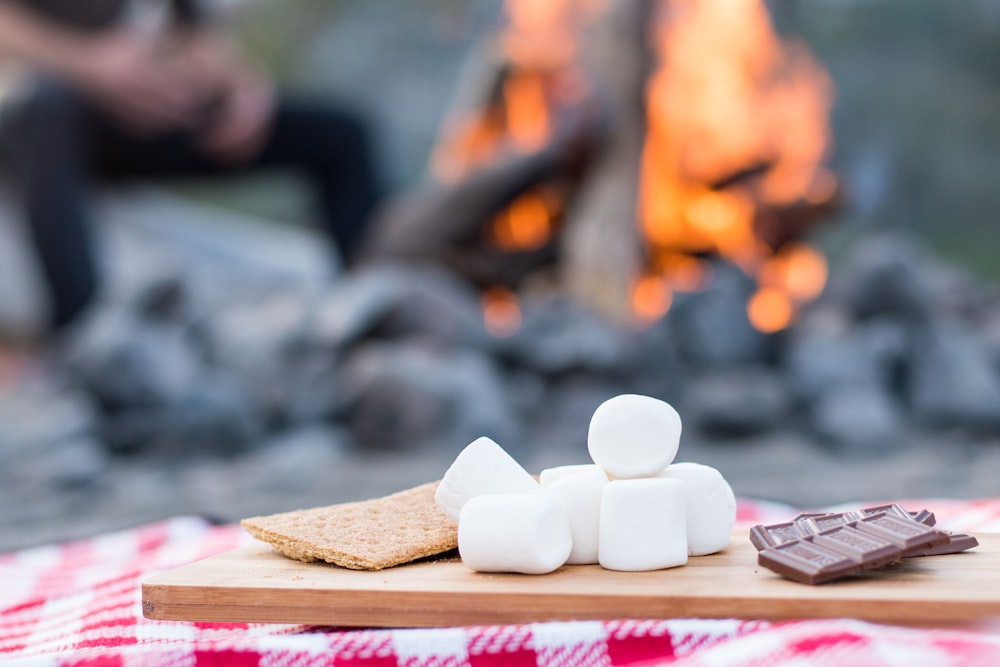3 Benefits of Outdoor Play for Children

It’s no surprise why kids playing outside doesn’t occur as much as it once did. Today, most families have multiple devices in their homes. Televisions, tablets, phones, video game consoles, and laptops are standard fare—and they’ve taken over what could be valuable outdoor time. With the abundance of screens in children’s homes, their friends’ homes, and schools, it’s no wonder why kids these days spend more time indoors, watching T.V., than ever before. In fact, the CDC reports that kids spend an average of 7.5 hours a day in front of a screen! That’s a significant amount of daytime to devote to sitting in a sedentary position, and unfortunately, it’s bad for kids’ development. Fortunately, it’s pretty easy to prevent negative outcomes by encouraging children to do what they do best, which is playing outside! Here are three benefits of being outdoors that will help your children’s health, well-being, and development.
1. Playing Outside Improves Your Child’s Physical Health
The most obvious benefit of kids playing outside has to be its effects on a growing body. Outdoor time provides the perfect place for children to develop their large motor skills, like running, catching, throwing, and balancing. Playing outside also helps children develop muscular strength through activities that engage different muscle groups. Simply put, the indoors don’t provide the same opportunities for movements as the wide-open outdoors. Therefore, kids who aren’t getting outside are missing out on this vital aspect of physical growth.
2. Children Playing Outside Improves Social Skills
Children who play together outdoors must communicate in order to complete their goals. Sharing, playing fair, and making friends are lessons that are most naturally learned on the playground. It may not seem like such a big deal to adults, but navigating these daily challenges is an important aspect of a child’s social development. Research shows that children who play outside are less likely to exhibit antisocial behaviors, which makes a lot of sense. When kids are playing outside with other kids, they are essentially forced to get along in order to “play” successfully.
3. Outdoor Time Boosts Your Child’s Confidence
There aren’t as many rules to follow outdoors compared to indoors, so there are more opportunities for a child to explore, push their boundaries, and take small risks. Monkey bars, swing sets, sandboxes, trees, and grassy hillsides are settings where children can learn all about cause-and-effect and problem-solving on their own. Making these small discoveries without the help of an adult can do wonders for a child’s sense of independence and confidence.
A Final Thought on The Benefits of Outdoor Play for Kids
Like with all good things, balance is key when it comes to technology and children. The internet may be an indispensable tool in the classroom, but playing outside benefits our children in many invaluable ways. To ensure your child has the best quality of life, encourage them to play outside! And even better, find games to play outside with your kids!























